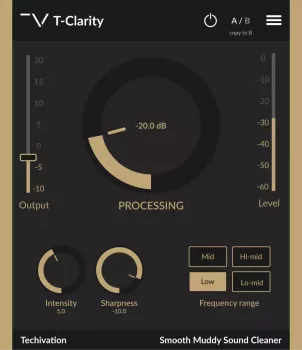
Published 11/2022
MP4 | Video: h264, 1280×720 | Audio: AAC, 44.1 KHz, 2 Ch
Genre: eLearning | Language: English | Duration: 32 lectures (1h 53m) | Size: 1 GB
Build IOS Apps Using Python From Scratch
What you’ll learn
How to use Kivy Library effectively
How to use Kivy MD to design your app
How to connect your UI to Python code
How to add & respond to event listener
How to make Http request to server & get response using Kivy
How to create cross platform app that runs on Android, iOS, Windows, Linux & Mac
Requirements
You should have a good OOP skills
You should know basic syntax in Python
You should know how to create basic scripts & programs in Python
Internet connection
Description
Do you want to create smart phone apps that run on Android,iOS & Windows Phones? Then you are in the right place.
In this course we will take you step by step to teach you how to create a Weather Mobile App Using Kivy for all platforms including Android, iOS, Windows, Linux & Mac using Kivy library. By the end of this course you will have created a complete Weather Mobile App that runs on all platforms and you will be able to create your own app by using that tools that have been taught throughout this course.
Kivy is a python library that gives you both the power of creating cross platform applications and beautiful & attractive UI all that with Python code so you will not need to learn Java/Kotlin to create Only Android apps or Swift to create only iOS apps. But you will write only one simple code that runs on all platforms so you will save your time and effort.
Here is some of the topics included in this course
Design UI using Kivy MD
How to Use Navigation Drawer
How to navigate to different pages
Make Http requests
Retrieve data from API
Consume JSON in your App
Display JSON data to your users
Create a listview
Create scrollview
and much more!
Who this course is for
Python developers who wants to create smart phone apps
Developers & programmers who want to create cross platform apps
Programmers who want to create Android & iOS apps with Python
 Password/解压密码www.tbtos.com
Password/解压密码www.tbtos.com




